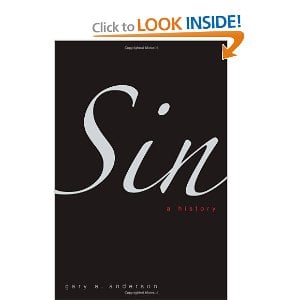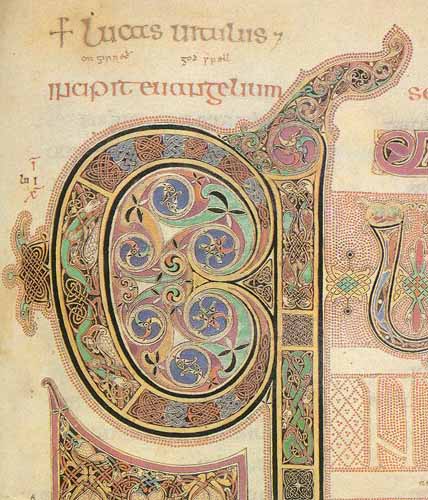In the fifth chapter of his study of sin, Gary Anderson probes some material in
Leviticus 25-26, and here some of his critical assumptions about Leviticus
become crucial. Like many, but certainly
not all scholars, Anderson believes that
Leviticus is a book that has some materials in it that go back to the First Temple
period (i.e. the time of Solomon), but not necessarily much further. He then also assumes, again with many OT
scholars that the final editing of this material is even later— in other words
that it was likely redacted in the exilic or post-exilic era. On p. 56 he reaches a crucial conclusion
(crucial that is to his overall thesis, namely weight images of sin were
replaced by debt images of sin over the course of time). Here is what he claims:
“The fact that Israel’s
sins are conceived of as debts in the
latest redactional layer of Leviticus 26 is sound proof of its exilic
provenance.”
As a
conclusion of a critical OT scholar, this is not surprising, but what is
surprising, is that he would talk about ‘proof’ after in the first place
building his conclusion on the foundation on an assumption, I might add an
unproveable assumption about the composition history and final editing of
Leviticus. It is furthermore, an assumption not based on any textual or text
critical evidence, nor, so far as a I can see, is it based on any linguistic
evidence either (i.e. that the grammar and syntax and vocabulary of the edited
bits and additions are noticeably difference from the earlier stuff in
Leviticus, particularly in Lev. 26.43).
Here we are building one
hypothesis on another, and then claiming we have ‘ sound proof’ that if sin is
called debt, it must have come from the exilic period or later. What Anderson
does not bother or pause to explain is why exactly its so unthinkable that
maybe sin was occasionally imaged as debt even in the pre-First Temple period. I bring this point up because in fact, if
memory serves, we have evidence of the use of commercial language for sin in
ANE texts as well, texts that certainly could pre-date the exilic period of
Judean Jews (see Pritchard’s collection of ANE texts and inscriptions).
So let us
suppose for a moment that: 1) we have earlier evidence that sin was sometimes
seen as debt, in early Israelite history, and 2) as I have already mentioned we
have NT evidence that sin was sometimes seen as a weight to be carried in the
NT period. What does this do to Anderson’s theory about
sin having a rather clear and compelling history, or better said, how sin is
imaged has a history?
Well it would not
change the fact that the commercial language for sin becomes more prominent the
later we go in time, but it would certainly remove the neat and tidy notion of one
image being almost entirely supplanted by the other as time went on.
Much depends on how early Lev. 26.43 really
is which says that both the Hebrew people and the land must pay the debt for
their sins, an interesting notion where the land itself has a sin debt. You will notice Anderson says nothing whatsoever about the
possibility that Lev. 26.43 might actually be Mosaic in origin. That would really put a monkey wrench in his
thesis.
While I certainly don’t object in principle to the plausible notion
that Leviticus underwent some editing in the exilic and post-exilic
period, what I do object to is the
assumption that the old tired form critical theories about a priestly source
and a holiness source for Leviticus are still as valid as they always
were, despite recent studies like that
of Karel van der Toorn’s Scribal Culture and the Making of the Hebrew Bible,
which calls into question the whole way we view ancient scribes as editors
of documents. I’m thinking that just as
in NT studies some of the old form critical shibboleths have been rightly
questioned, or dismissed or mostly shelved, that it might be about time for an
extreme makeover of such assumptions in OT studies in light of new things we
now know about scribes and oral cultures to mention but two items. What is indisputable is that Lev. 26 and
what is says about sin had an influence on later figures like Jeremiah, and to
that we will turn in the next installment of this review of Anderson’s study of sin.


